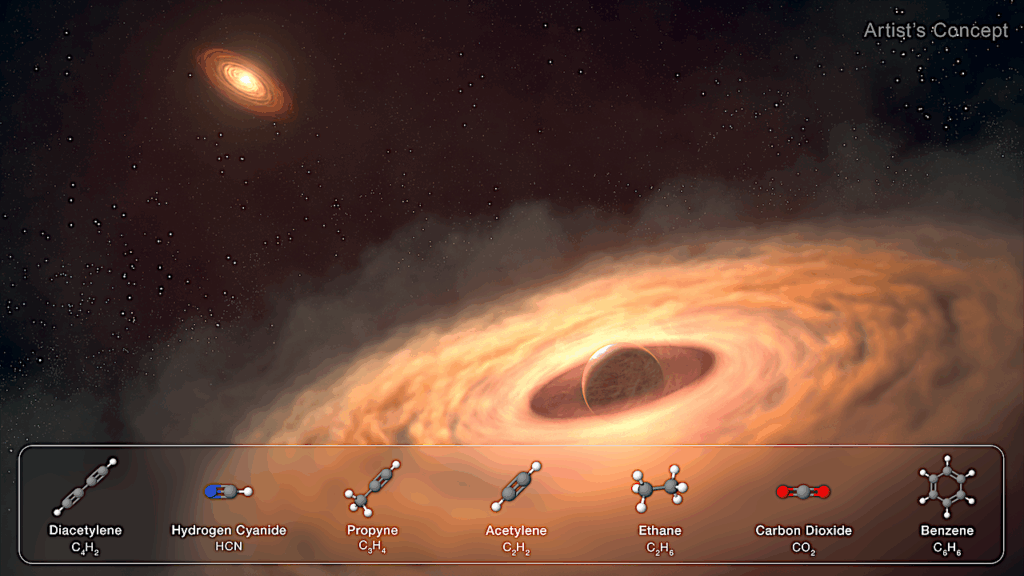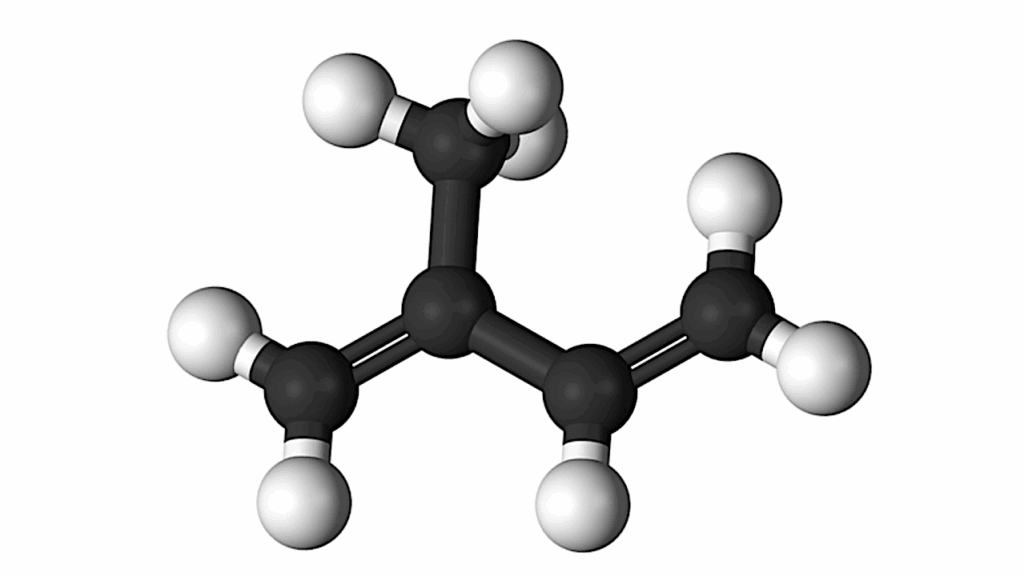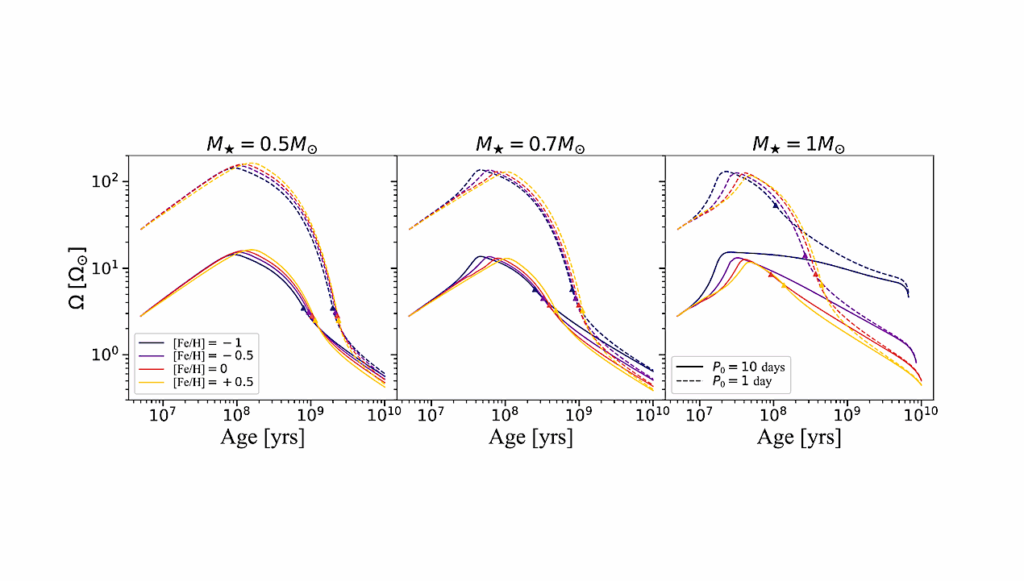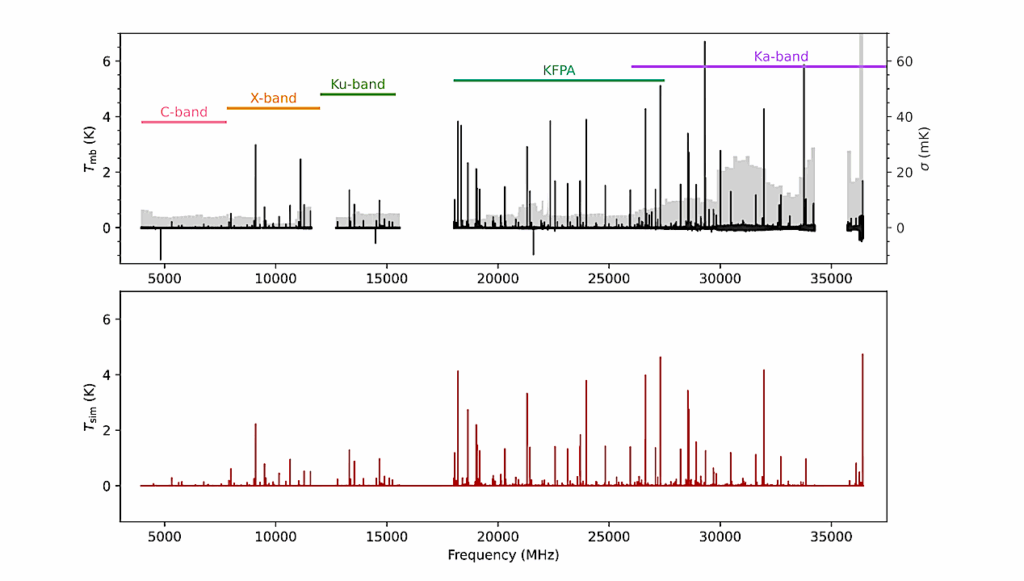Interstellar Ices: A Factory of the Origin-of-Life Molecules
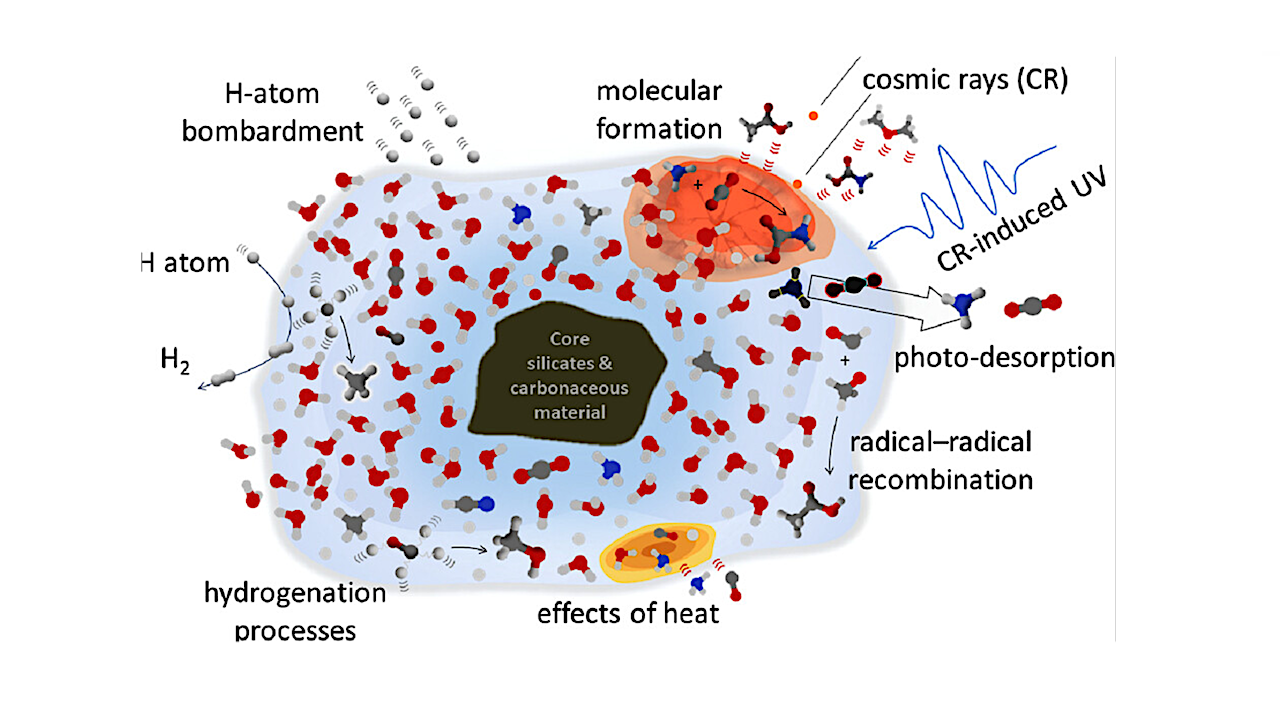
In the past few years, molecular discovery in space has made tremendous progress in terms of both the number of identified molecules and their complexity.
Out of 305 molecular species detected in space since 1937, 84 (∼30%) have been identified in the last 3 years, while the observed molecules that contain 10 or more atoms have nearly reached the milestone of 50 compounds. (See the Cologne Database).
Although the evidence for molecular complexity is undisputed, there is still much to be understood about the formation of molecules under the extreme conditions of the interstellar medium (ISM) and their possible connection to the origin of life on earth. Kaiser, Chang, and co-workers (1) took an important step toward such a direction.
In their work recently published in ACS Central Science, they demonstrated that, in the interstellar grains, already at low temperatures (below 100 K), carbamic acid (H2NCOOH, 1) is formed from ammonia (NH3) and CO2 as reactants without the help of any energetic radiation. At even lower temperatures, ammonium carbamate ([H2NCOO–][NH4+], 2) starts to form. (1) This finding is particularly significant because carbamic acid is the simplest species containing both the carboxyl (−COOH) and amino (−NH2) groups, a characteristic they share with amino acids.
Indeed, glycine (the simplest amino acid) differs from carbamic acid only for an additional CH2 group inserted between the carboxyl and amino moieties. To understand its biological relevance, it suffices to say that the conjugated phosphate, carbamoyl phosphate (H2NCOOPO3), is the first step in the fixation of ammonia toward the synthesis of pyrimidine-derived nucleobases and a couple of amino acids (arginine and glutamine).

Carbamic acid adsorbed on a water icy dust mantel (amorphous ice model): BE depends on the interactions established (ZPE-corrected values at the B3LYP/jun-cc-pVDZ level of theory). — ACS Cent. Sci.
The conjugated ammonium salt 2 can be considered to be a prototype molecule for studying the reactivity of more complex carbamates, which play an important role in biochemistry (for example, functionalized carbamates are involved in the fixation of CO2). Carbamic acid and its ammonium salt can be seen as a reservoir for the amino (−NH2), ammonium (NH4+), carboxylic (−COOH), and carboxylate (−COO–) moieties. Their delivery to newly formed terrestrial environments via meteorites and comets could have been a plausible source of prebiotic molecules on the early earth.
Thus, elucidating the synthesis of both 1 and 2 surely provides new insights into the abiotic origin of biorelevant molecules in the ISM and might shed some light on the origin of life on earth.
Interstellar Ices: A Factory of the Origin-of-Life Molecules ACS Cent. Sci. 2024, 10, 1, 13–15 (open access)
https://doi.org/10.1021/acscentsci.3c01636
astrobiology, astrochemistry,


